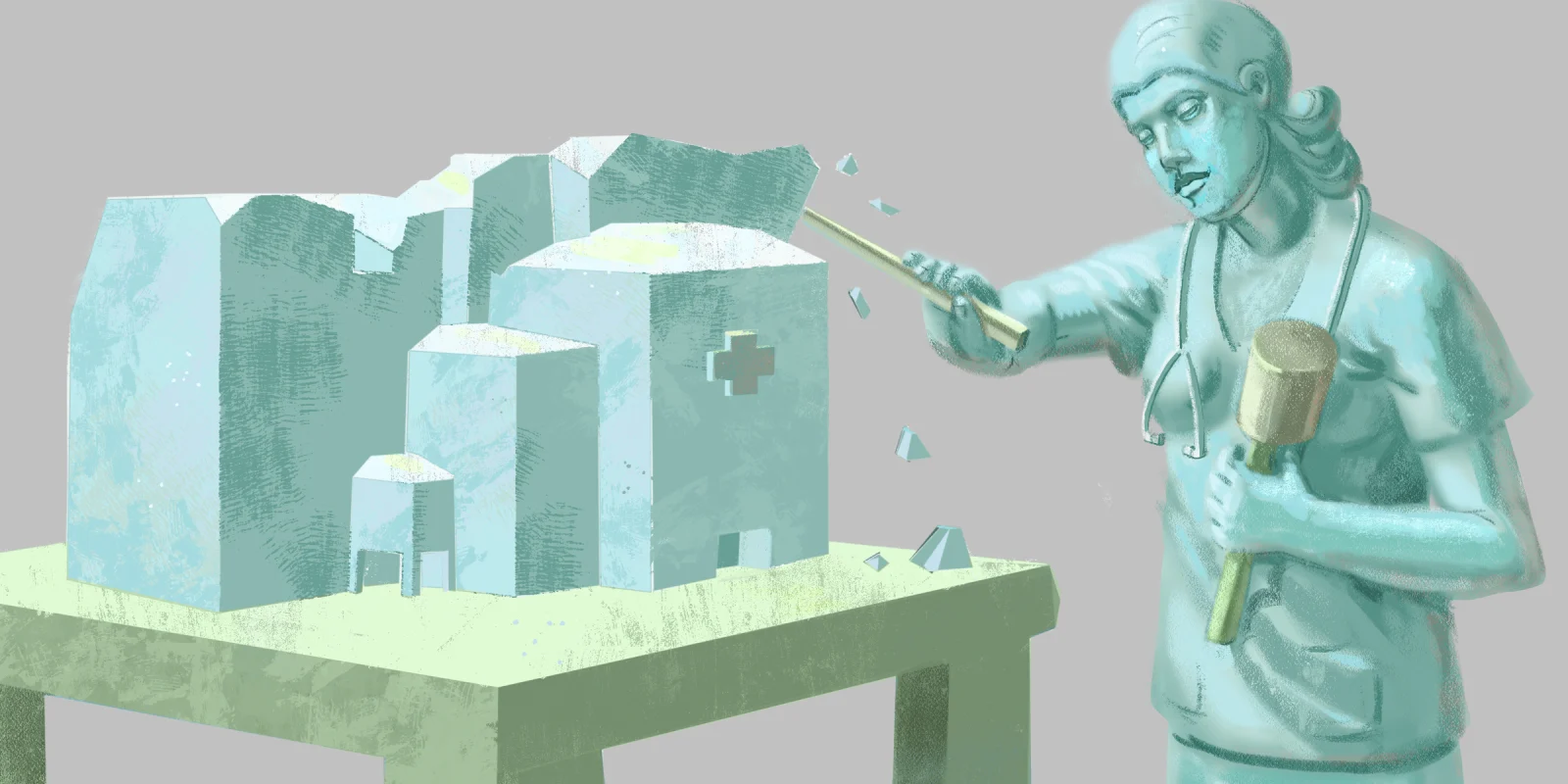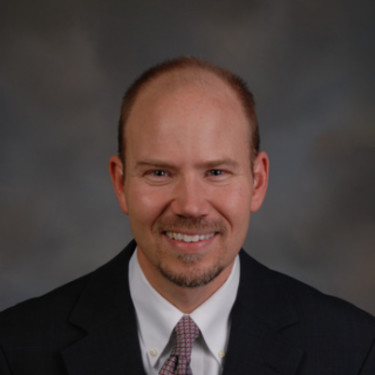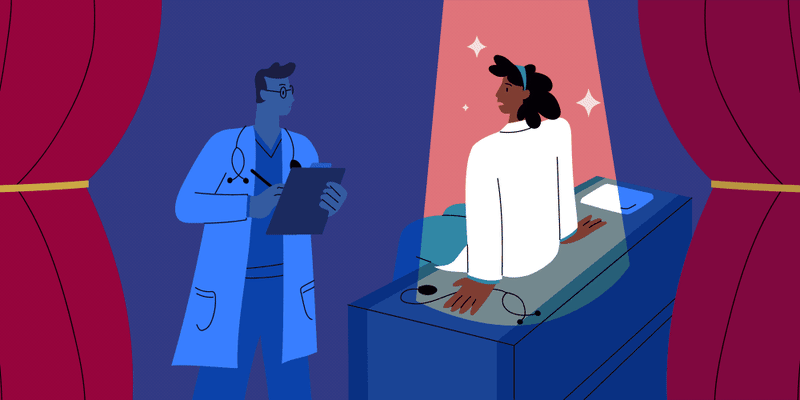I’ve never understood why, when we work in a field that is literally life and death, our work environments are not uniform. In a time when many of us work in multiple different clinics and multiple different ORs, why do we have to remind ourselves where we are in order to know how to find supplies of our trade? This is especially concerning with the increased number of “travelers” in the OR. To have individuals not familiar with the environment in which we work is a recipe for disaster, when we are trying to provide the best health care possible.
A pet peeve of mine is working in a clinic in which the rooms are not uniform. To me, there is little worse than having to search through the drawers during the patient visit to try to find supplies. I often will be given the explanation that this is Dr. X’s room and he or she likes the room this way. While I can understand someone wanting their things a certain way, I do not believe this is the appropriate environment for self-expression.
One day I walked into the OR at the start of a day and saw the anesthesiologist looking through the drawers of the anesthesia cabinet. I greeted her and asked her what she was doing, and she replied that she was just familiarizing herself with where everything was in the cabinet. That’s when I realized that the anesthesiology carts are different between the hospitals, which scares the hell out of me. Knowing we have many traveling anesthesia clinicians, and that the locations of the things that help keep our patients alive during the surgery are different depending upon where they are working, makes absolutely no sense. I believe that in an emergency situation, the anesthesiologist should know by reflex where supplies are going to be located in the cart, and not have to figure things out based on which hospital they are working. I see no reason for this not to be uniform. Each cabinet and anesthesia setup should be exactly the same in every hospital.
The Romans had the right idea when they planned their cities. Years ago, if you walked into a Roman city, you knew exactly where each government office was going to be because the organization (grid plan) of the Roman city was exactly the same throughout the empire. This made life easy for you if you were visiting from another city. I believe this needs to be our approach to the OR. In a time when many of us work at multiple different facilities and the employment of travelers is commonplace, we should be able to walk into any OR and know that the organization is going to be the same no matter where we are located. This should apply to the timeout, the basic organization of the room, and the anesthesia setup.
To implement this would not be an easy task, but “Rome wasn’t built in a day.” There would need to be significant buy-in from anesthesia, surgical specialties, and subspecialties, and there would likely be a lot of disagreement as to what would be the most rational, uniform organization of the OR, timeout, anesthesia cart, etc. Although a daunting task, we have tackled bigger problems. Another question is what or who should oversee this issue to ensure uniformity? I would like to think we could all agree on a plan and implement it without government or bureaucratic intervention. I think that is likely naive. The most probable candidates to oversee this would be health care accreditation organizations (e.g., The Joint Commission). Although, of course, nobody wants to see another layer of bureaucracy, in the end, these are basic patient safety issues, and we all have a common goal of providing the best care possible.
How would you standardize hospital rooms and ORs? Share your ideas in the comments.
Richard C. Allen MD PhD FACS is an oculoplastic surgeon in Austin, TX at Texas Oculoplastics Consultants. He is currently President of the American Society of Ophthalmic Plastic and Reconstructive Surgery and Editor-in-Chief for the journal Orbit. His online oculoplastic surgery video atlas (available at www.oculosurg.com), hosted by the University of Iowa, is recognized worldwide. He is affiliated with the Department of Ophthalmology at the University of Texas Dell Medical School in Austin, TX.
Illustration by Jennifer Bogartz







